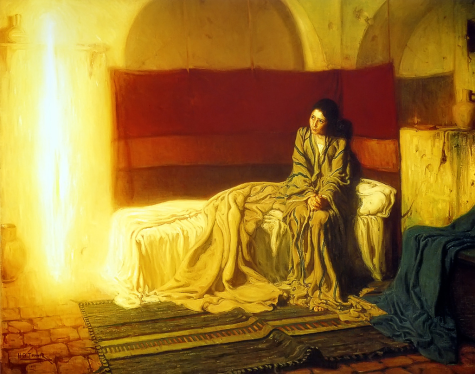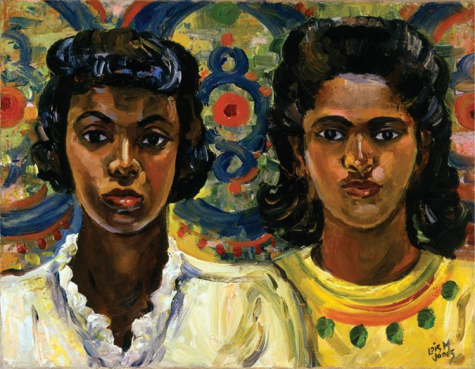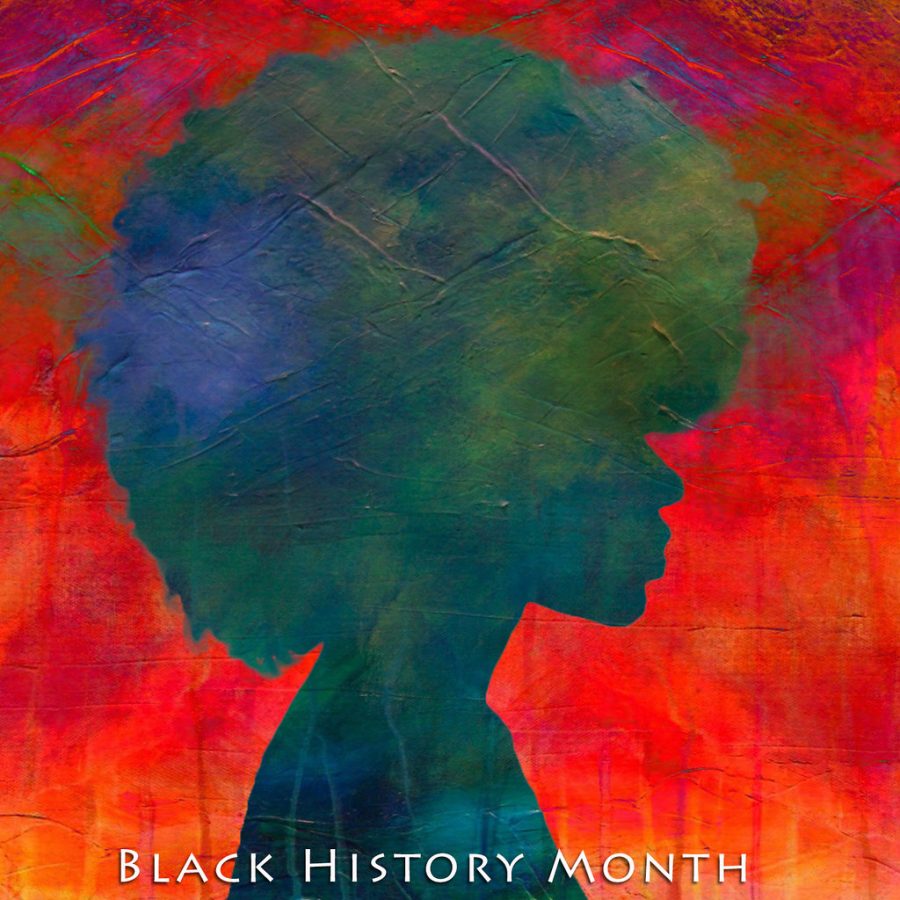Three exceptional African American artists to celebrate
February 2, 2022
For centuries, African American artists have shaped American culture. Many black artists have incorporated their personal experiences and hardships in their artwork, leading to the evolution of creative expression in the United States. Unfortunately, it is a common trend in history for African Americans to be denied recognition for their achievements, and art is no exception to this inequity. However, more people are becoming increasingly interested in artistic cultural history which includes paying more attention to people that contribute to it.
Henry Ossawa Tanner
Known as the father of African American art, Henry Tanner was the first black artist to achieve interracial acclaim for his depiction of perspective and biblical concepts. His work consists of beautiful religious paintings, like “The Annunciation”, which hold deeper spiritual meanings. The spiritual themes reflected in Tanner’s art are believed to have stemmed from his father’s work as his father was an educated minister of the African Methodist Episcopal Church. Tanner also breaks European tradition by using a different approach to depict the scene in “The Annunciation”, which typically set the biblical scene in a sophisticated room with Mary as a symbol of holiness and wealth in society, as this was seen as customary. Instead, Tanner’s approach is simply using a soft, golden lining to depict Gabriel, and Mary is painted in peasant clothes with no halo or other holy attributes.
Years after his death, Henry Tanner’s reputation was restored by the Harlem Renaissance and greatly influenced the Civil Rights Movement. Henry’s resilience and creative intellect make him one of the most exceptional artists of the nineteenth century. Many African American artists continue to take inspiration from Tanner’s expressive style and career.

The Annunciation, 1898
Jacob Lawrence
Jacob Lawrence, an accomplished painter, storyteller, and teacher spent his career interpreting the lives and hardships of African Americans through his artwork. In the early 1900s, Lawrence’s family moved to New York in hopes of seeking better opportunities and racial equity. Despite the poverty and crime that surrounded Jacob, he and his neighborhood had an abundance of creativity that contributed to the spirited, cultural domain of Harlem.
Lawrence’s vibrant community inspired him to expand his artistic limits as seen in his paintings. The diversity and colorful energy of Harlem, coupled with his personal experiences, is communicated through one of his best watercolor paintings, “The Libraries Are Appreciated”. In this painting, three people of color sit at a table with bright, colorful, abstract bookshelves behind them. All three people keep to themselves, however, they all have a common purpose: using their resources to gain a valuable education. This painting perfectly executes the vitality of Harlem, while also relating it to the life and hardships Lawrence and many other African Americans experience. Lawrence’s evocative paintings are notable, influential, and fundamental to America’s history.

The Libraries are Appreciated, 1943
Lois Mailou Jones
Lois Mailou Jones was an influential painter and educator who attained fame during the Harlem renaissance. Inspired by Meta Warrick Fuller, an American sculptor who shined a light on the African American experience, Lois Mailou Jones enrolled in the School of the Museum of Fine Arts, in Boston, excelled in her courses, and eventually became the first African American to graduate from that school. Throughout her life, Lois faced racial biases and was even denied a teaching position because of her race. Jones, however, persevered and continued to make astonishing pieces of artwork throughout her seven-decade career, including one of her most famous portraits, Two Women.
Lois’s paintings reflect her command of broadly varied forms, ranging from landscapes to African-inspired expressionism. She uses her experiences as an African-American woman and infuses her culture into her art. A lot of her paintings hold emblematic qualities of Haitian art with their bright bold values and distinctive color contrasts. Her striking design elements draw the eye with African motifs and original style. Lois’s beautiful artwork attracts people from all over the world and continues to be an inspiration to both artists and everyday people. In 1998 she passed away at the age of 92. Her legacy carries on through the celebration of her work. Lois’s art is displayed in exhibits at the Metropolitan Museum of Art, the Hirshhorn Museum and Sculpture Garden, the National Portrait Gallery, the Boston Museum of Fine Arts, and the National Palace in Haiti.

Two Women, 1950


